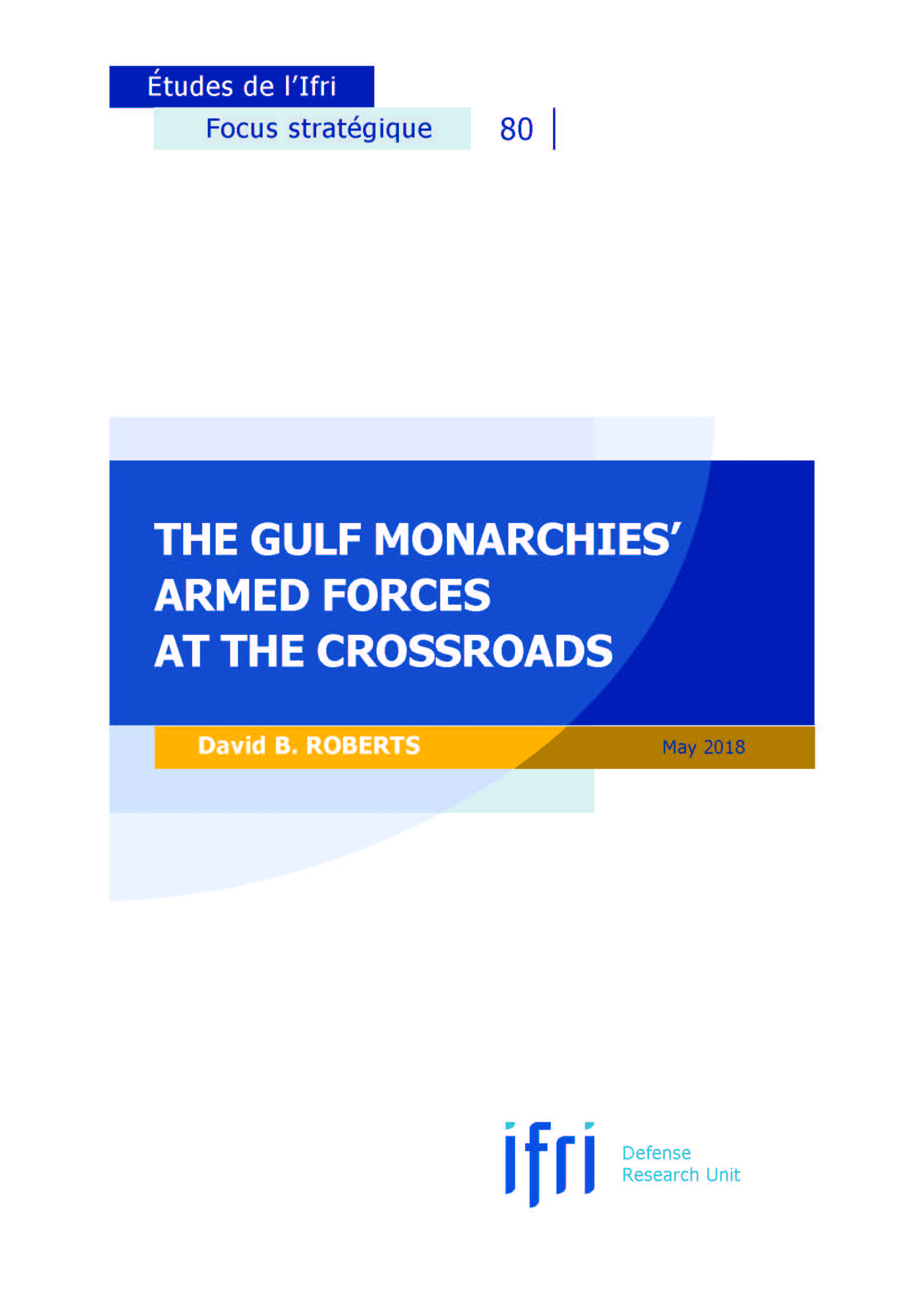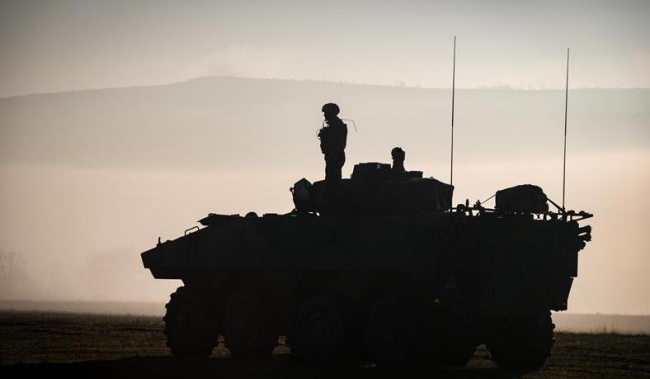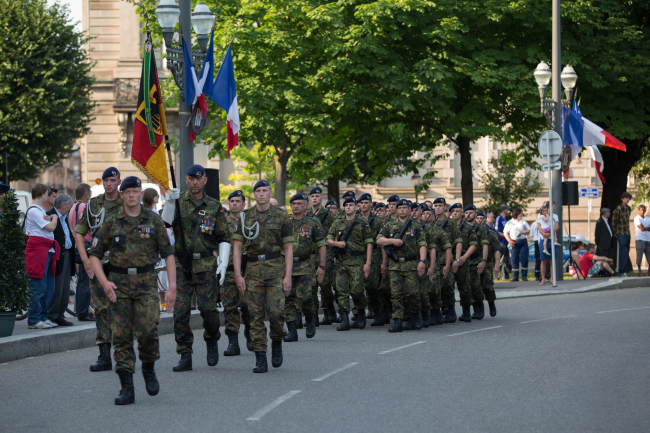The Gulf Monarchies' Armed Forces at the Crossroads

Something is happening with the military forces of the Arab monarchies in the Gulf.
Traditionally, the armed forces of the Gulf monarchies played an incidental role when it comes to securing the states. The ultimate fighting power of the monarchies was relatively unimportant; rather, the monarchies’ security was derived from international relations that were sometimes founded on, and often sustained and fed by, ongoing military sales. But, for some monarchies at least, this is changing. Saudi Arabia and the UAE are now deploying their own forces in hitherto unseen kinetic ways, as in Yemen, indicating that they genuinely seek their own fighting power. In the midst of the Gulf crisis, Qatar has doubled down on defense procurement both to boost its military and to increase its international entanglements. Meanwhile, Oman and Kuwait continue their methodical military procurement, as is Bahrain, in addition to assiduously following Saudi Arabia’s regional policies to boost relations with Riyadh.

Available in:
Regions and themes
ISBN / ISSN
Share
Download the full analysis
This page contains only a summary of our work. If you would like to have access to all the information from our research on the subject, you can download the full version in PDF format.
The Gulf Monarchies' Armed Forces at the Crossroads
Related centers and programs
Discover our other research centers and programsFind out more
Discover all our analysesThe Franco-German Brigade and the Revival of European Defense
One thing has been clear since Donald Trump's return to the White House: the very existence of the European unification project is threatened. Unless it develops a sovereign defense policy to counter the war in Ukraine and the weakening of American security guarantees, the European Union will continue to see its internal cohesion and external attractiveness wane.
Taking the Pulse: Can Europeans Build Their Independent Extended Nuclear Deterrent?
Confronted with a U.S. disengagement and the Russian threat, Europeans are reconsidering their stance on nuclear deterrence. Given the capabilities of the French and British arsenals, can Europe develop an independent nuclear deterrent?

RAMSES 2024. A World to Be Remade
For its 42nd edition, RAMSES 2024 identifies three major challenges for 2024.
A Transatlantic Defense Industrial Base? Two Contrasting Views
The evolving landscape of global defense cooperation has brought the transatlantic relationship between the United States (US) and Europe into sharp focus. As geopolitical tensions rise and the threat environment becomes more complex, the question of how Europe can best ensure its security while navigating its relationship with the United States has become paramount. This double feature report offers two contrasting views on the dynamics of US-Europe defense industrial relations, highlighting the challenges and opportunities that lie ahead for both parties.







